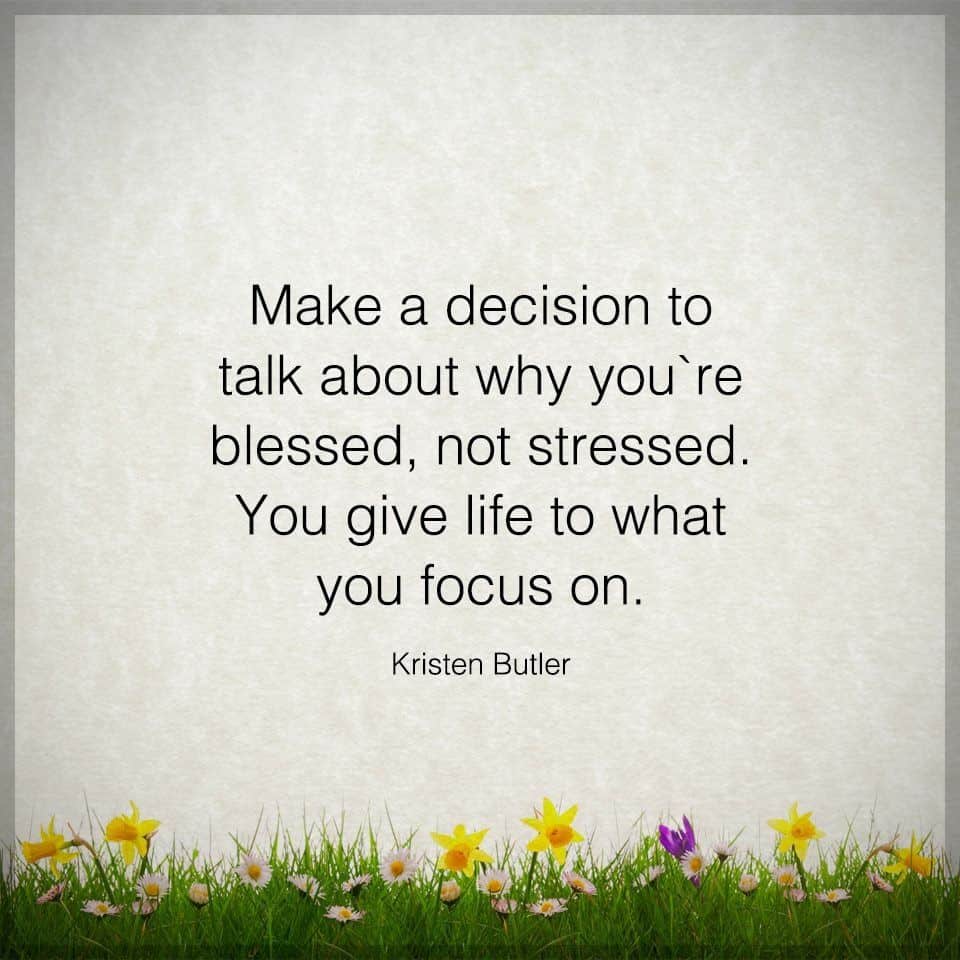Here’s what happens to your body when you get dehydrated.
Water is the essence of life. This statement might sound cliché, but it’s grounded in deep scientific truth. Our bodies, just like our planet, are comprised mostly of water. Thus, hydration should be a part of our daily routine and a critical component of our existence.
In this article, we’ll journey through the fascinating science behind what happens to your body when it needs water. Understanding this is not just about quenching thirst; it’s about embracing a key aspect of your overall physical and mental health.
Understanding Hydration: The Role of Water in Your Body
Water is not just a drink to enjoy when we feel thirsty. Instead, it’s a vital nutrient indispensable to our bodily functions. Let’s dive into the ocean of our body’s reliance on water.
The Essence of Every Cell
Every cell in your body needs water to function correctly. Think of water as the stage where the intricate dance of life’s processes unfolds. It’s where nutrients are transported, waste products are flushed away, and chemical reactions occur. Without adequate water, these processes slow down, leading to inefficiencies that affect your overall health.
Regulating Body Temperature
One of water’s most critical roles is regulating body temperature. Through sweating and evaporation, your body cools down, maintaining a stable internal environment. This balance is vital for optimal functioning and comfort, especially in varying environmental conditions.
Cushioning and Lubrication
Water also acts as a shock absorber and a lubricant in the body. It cushions your brain, spinal cord, and joints, allowing you to move smoothly and protecting these sensitive structures from injury. This role is crucial in physical activities, from mundane daily tasks to strenuous workouts.
Homeostasis: A Delicate Balance
Homeostasis is the body’s way of maintaining a stable internal environment; water is a key player in this process. Water and electrolyte balance determine many aspects of health, including blood pressure, heart function, and digestion. Maintaining this balance is vital, and your body has intricate systems to regulate water levels, highlighting the importance of staying hydrated.
Aiding Digestion and Detoxification
Digestion is another vital process where water plays a key role. It helps break down food, allowing the body to absorb the nutrients effectively. Water also assists in flushing toxins out of your organs, particularly your kidneys. When you’re not drinking enough water, your body struggles to eliminate waste, which can build toxins and increase the risk of kidney stones and other issues.
A Carrier of Nutrients and Oxygen
Water is essential for the circulatory system. It helps in sending oxygen and nutrients to the cells and maintains a healthy blood volume and pressure. Dehydration causes a decrease in blood volume. As a result, it makes your heart work harder to pump blood throughout your body, potentially leading to complications like hypertension or heart strain.
Early Signs of Dehydration
Dehydration can creep up on you, often manifesting before it becomes more severe. It’s crucial to recognize these early signals to prevent further dehydration-related issues. Here’s a closer look at the initial alerts your body sends:
- Thirst: This is your body’s direct way of saying it needs more water. It’s interesting to note that when your body’s water level declines, your brain responds by producing the sensation of thirst. By the time you feel thirsty, you are already in mild dehydration.
- Dry or Sticky Mouth: Have you ever felt your mouth unusually dry or as if it’s lined with cotton? This is often an early sign of dehydration. Saliva production decreases as your body conserves water, leading to this uncomfortable sensation.
- Decreased Urine Output: A reduction in the frequency of urination is a clear indicator that your body is conserving its dwindling water reserves.
- Changes in Urine Color: One of the easiest ways to check for dehydration is by looking at the color of your urine. Clear or light-colored urine generally means good hydration, whereas a dark yellow or amber is a hallmark of dehydration.
- Fatigue or Weakness: Even mild dehydration can lead to a feeling of tiredness or weakness. Water is essential for various metabolic processes, and a lack of it can slow them down, leaving you feeling drained.
Subtle Indicators to Watch For
The body also sends other, more subtle signals that can be easy to miss or misinterpret:
- Dry, Flushed Skin: Dehydrated skin may appear dry and lack normal elasticity. You might also notice a flushed appearance as the body tries to regulate temperature with decreased sweat production.
- Feeling Lightheaded or Dizzy: When dehydration affects your body’s circulation and blood pressure, it can lead to dizziness or lightheadedness, particularly when standing up quickly.
- Dry or Scratchy Throat: Along with a dry mouth, your throat can feel scratchy or irritated due to a lack of lubrication from saliva and mucus, another consequence of reduced water in the body.
- Mild Headache: In some individuals, a lack of adequate hydration can trigger headaches, likely due to blood vessels in the brain temporarily contracting.
Understanding and recognizing these early signs of dehydration is crucial. They are the body’s way of signalling the need for water, a vital element for maintaining health and well-being. By responding promptly to these signals, you can avoid the more serious effects of dehydration, which can impact your physical and mental performance.
Physical Effects of Mild to Moderate Dehydration
When your body doesn’t have enough water, the effects extend far beyond feeling thirsty. Mild to moderate dehydration can hurt your physical health. Let’s explore how dehydration affects your body.
Headaches and Migraines
A common physical symptom of dehydration is headaches or migraines. The brain is mostly water, and when hydration levels drop, the brain can temporarily contract or shrink, pulling away from the skull. This engages the pain receptors surrounding the brain, leading to a dehydration headache.
Muscle Cramps and Weakness
Muscles also suffer from a lack of hydration. Water is essential for muscle function; muscles can become tense or spasm, leading to cramps. Additionally, dehydration can decrease blood volume, causing muscles to receive less oxygen and nutrients, resulting in weakness or fatigue.
Digestive Issues
Your digestive system relies heavily on water to help break down food and absorb nutrients. Dehydration can lead to digestive problems like indigestion, constipation, and an increased risk of heartburn and stomach ulcers.
Skin and Hair Health
Dehydration affects the appearance and health of skin and hair. Dry skin may become less elastic and more prone to wrinkling. Similarly, brittle hair can lose its shine.
Cardiovascular Stress
The heart works harder when you’re dehydrated. As blood volume decreases, your heart must pump faster to maintain blood flow to your organs. This extra workload can lead to increased heart rate and blood pressure.
Mental and Emotional Consequences of Dehydration
Dehydration affects more than just physical health; it also profoundly affects mental and emotional well-being.
Mood Swings and Irritability
Even mild dehydration can influence your mood. Research has shown that dehydration can lead to feelings of irritability and increased susceptibility to stress. When your brain isn’t functioning optimally due to a lack of water, it can affect your emotional regulation.
Difficulty Concentrating and Memory Problems
Dehydration can significantly impair cognitive functions, including attention, memory, and problem-solving skills. Your brain cells need a delicate balance of water and various elements to function properly; even small changes in water levels can disrupt this balance.
Increased Fatigue and Sleepiness
Lack of water in the body can lead to an overall sense of fatigue and sleepiness. This is because dehydration can affect oxygen flow to the brain and reduce your brain’s energy production.
Decreased Alertness and Reaction Time
Dehydration can also affect your alertness and reaction time. Thus, performing tasks requiring quick responses or keen attention becomes more difficult. This is particularly important for activities like driving or operating machinery.
Recognizing Individual Hydration Needs
It’s essential to understand that hydration needs can vary greatly from person to person. Several factors influence how much water you should drink daily.
Factors Influencing Hydration Needs
- Activity Level: The more active you are, the more water you lose through sweat and will need to replenish.
- Environment: Hot or humid weather increases sweating, as does being in a heated indoor environment.
- Diet: Certain foods, especially those high in salt, protein, or sugar, can increase your hydration needs.
- Age and Gender: Older adults may have a diminished sense of thirst and need to be more conscious of their water intake. Gender can also influence water needs, with men requiring more water than women.
- Health Conditions: Certain conditions, such as diabetes or heart disease, can affect your hydration needs.
Tips for Meeting Your Hydration Needs
- Listen to Your Body: Pay attention to the signs of dehydration and respond accordingly.
- Monitor Urine Color: Use urine color to guide your hydration status.
- Incorporate Water-Rich Foods: Foods like fruits and vegetables can help add to your daily water intake.
- Create Hydration Habits: Set reminders to drink water, carry a water bottle, or establish a routine of drinking a glass of water at certain times of the day.
Practical Tips for Staying Hydrated
Maintaining proper hydration doesn’t have to be a daunting task. Here are some practical, easy-to-implement strategies to help you stay hydrated throughout the day.
Make Water Accessible
- Carry a Water Bottle: Having a water bottle with you always encourages more frequent sips throughout the day.
- Set Up Reminders: In our busy lives, forgetting to drink water is easy. Setting reminders on your technology can be a helpful nudge.
- Mark Your Water Intake in Your Journal: Would you prefer to keep track of things on paper? Check off your water consumption in a journal.
Enhance Your Water
- Flavor Infusions: If plain water is boring, try infusing it with sliced fruits, cucumber, or herbs like mint. This adds a refreshing twist and can make drinking water more enjoyable. To make it even more convenient, get a special water bottle with a fruit infuser.
Hydrate During the Day
- Start Your Day with Water: Beginning your day with a glass of water can kickstart your hydration early.
- Drink Before Meals: Having a glass of water before meals contributes to your hydration and can aid digestion and prevent overeating.
Alternate Beverages Wisely
- Be Mindful of Caffeine and Alcohol: These can contribute to dehydration. Moderating their intake and alternating with water can help maintain balance.
Listen to Your Body
- Respond to Thirst Promptly: Thirst is an obvious signal for water; responding quickly is key.
- Monitor Physical Indicators: Pay attention to signs of dehydration, especially during exercise or hot weather.
Final Thoughts on The Things That Happen When Your Body Needs Water
Understanding what happens to your body when it needs water reveals the profound importance of this essential element. Staying hydrated is about more than just quenching thirst; it’s about supporting every aspect of your physical and mental health. You can improve your overall well-being and vitality by recognizing the signs of dehydration and employing simple strategies to maintain hydration.
Remember, water is not just a beverage choice; it’s a key ingredient in the recipe of life. Prioritize your hydration and feel the difference it makes in your daily life. Stay hydrated, stay healthy, and cherish the water that sustains us all.

































